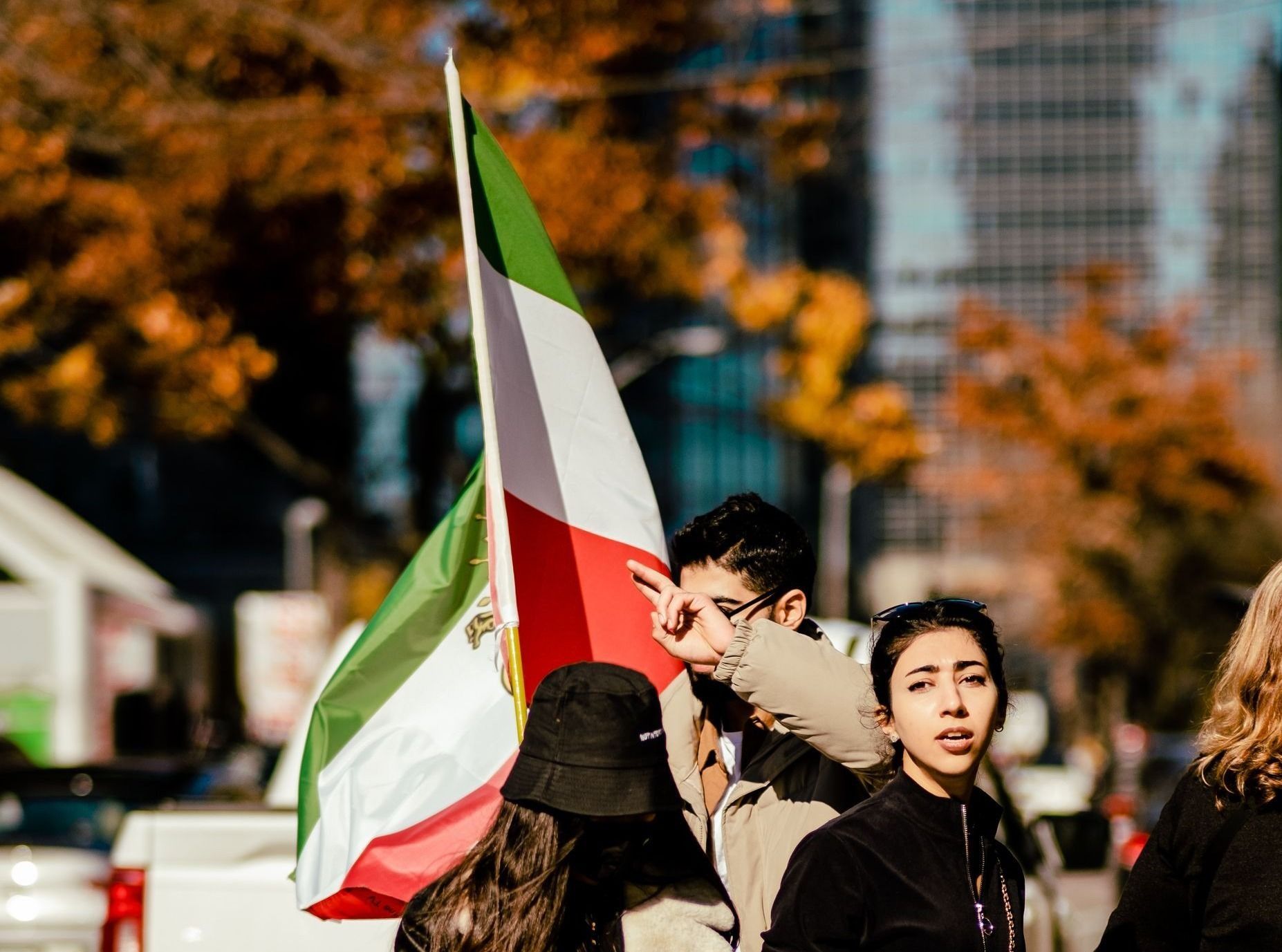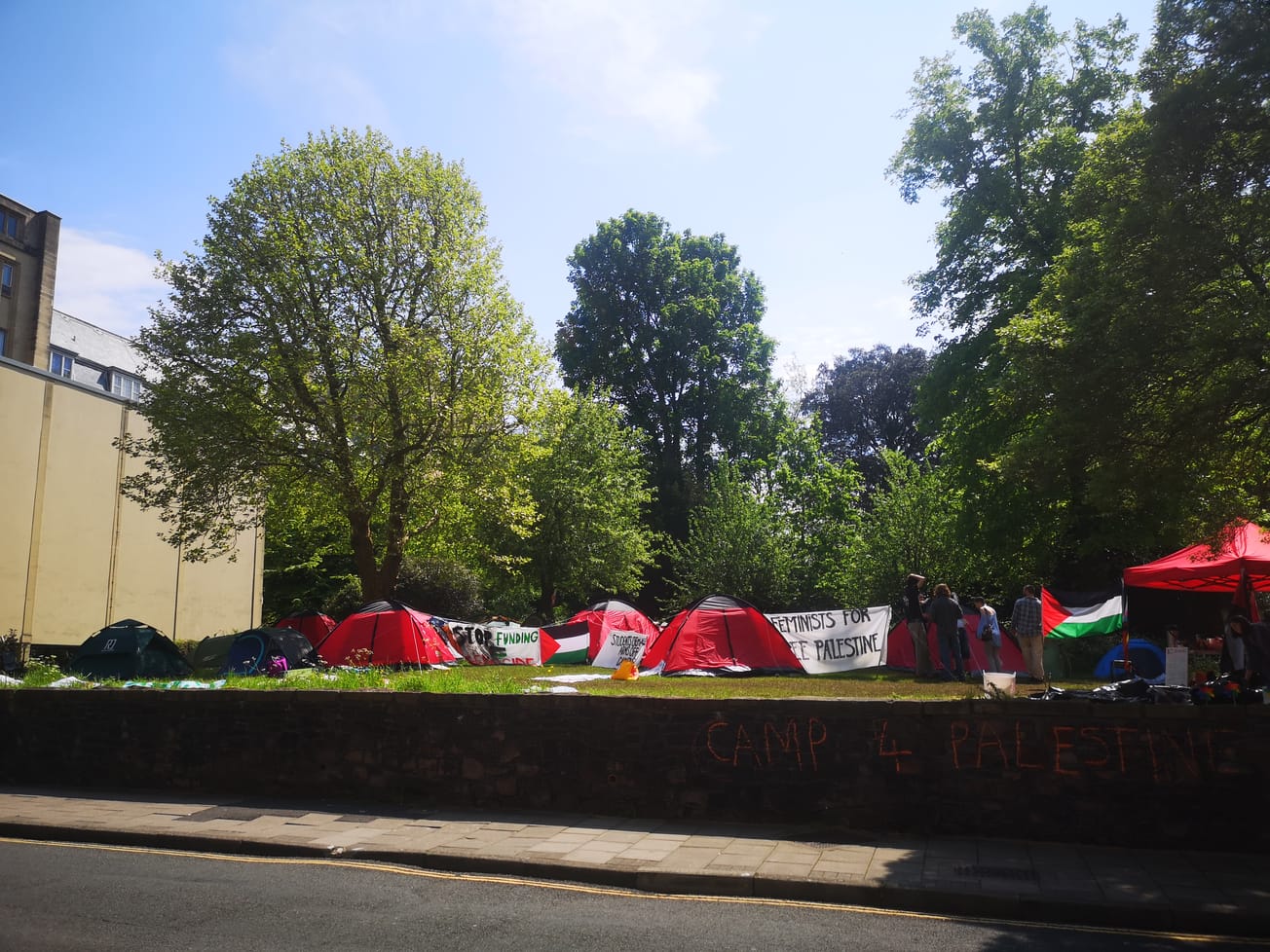By Eden Reyhanian, Third year, Social Policy and Politics
For centuries, the status of women’s rights in Iran has fluctuated in response to shifting socio-political dynamics. Iranian women are no stranger to repression and marginalisation, a reality intricately tied to Iran’s theocratic governance, deeply ingrained cultural norms and historical precedents. The women of Iran have a history of protesting against these ever changing dynamics and as a result have become courageous heroes in their actions. Their stories, including that of Mahsa Jina Amini’s, are inspiring and need to be shared.
The Iranian Revolution of 1979 was overtly gendered and brought about significant change in the status and role of women in Iranian society. One of the most contentious aspects of the revolution was the mandatory veiling decree imposed by Supreme Leader Ayatollah Khomeini. For all women and girls over age 9, regardless of nationality or religion, the law required them to wear the
hijab, a headscarf covering their hair and a chador, a full-body cloak.
For many women around the world, the hijab is a symbol of religious freedom and a personal expression of faith. However, in post-revolutionary Iran, the hijab ceased to represent religious freedom and quickly became a symbol of state-enforced conformity and the profound shift in women’s rights and personal freedoms.

Women in Iran and across the world have joined hands in solidarity to protest against the regime. It has nearly been a year since the tragic death of Mahsa Jina Amini. Her passing was a stark reminder of the continuous struggles faced by women in Iran; reinvigorating the ongoing revolution for women’s rights. On the 14th of September 2022, Ms Amini was arrested by Iran’s ‘morality police’ for ‘improper hijab’. Two days after her arrest, Ms Amini died while in custody. Her arrest, sentencing and subsequent death garnered significant attention as well as condemnation from human rights organisations worldwide. Mahsa Amini’s story is a testament to the resilience of the brave women in Iran who dare to confront injustice, even at great personal risk.
The slogan ‘Women, Life, Freedom’ (in Persian: ‘Jin, Jiyad, Azadi’) emerged as a powerful rallying cry within the women’s rights movement in Iran, encapsulating the core values and demands of the movement. It quickly became a symbol of unity among Iranian women and their allies, transcending political, religious and social divides. The remarkable women at the forefront of the protests against the regime have demonstrated unwavering resilience through their acts of defiance, whether through removing their hijabs in public, cutting their hair or by simply attending
protests. They are the true heroes who embody the very essence of courage and serve as an inspiration to younger generations in Iran and beyond.
My parents were born and raised in Iran before leaving following the revolution in 1979. My identity as a British-Iranian carries a responsibility, one that becomes increasingly poignant in the context of the revolution. I reflect on the contrast between the life I lead and the life I might have lived if my parents had not emigrated. My privilege as a 21-year-old woman is abundantly clear. I enjoy freedoms and opportunities. I can pursue education, choose a career path and am free to make choices about my life, my clothing and my beliefs, all of which would be significantly restrained if I were a woman living in Iran. As a British-Iranian, I feel connected to the rich tapestry of my Iranian culture and history and am determined to honour the sacrifices of my parents and the resilience of the Iranian people by advocating for their rights and freedoms.

As we commemorate a year since Mahsa Jina Amini’s death, we are reminded that the struggle for women’s rights and against the oppressive regime in Iran is ongoing. Her legacy lives on as a beacon of hope and as a symbol of the resilience of the Iranian people. In this ongoing fight, it is essential to recognise that change takes time and concerted effort. There are actions we can take to remain informed and spread awareness:
• Read. If you’re interested in learning more about the history of women’s rights in Iran, there is plenty of amazing literature at your disposal. My recommendations are: Reading Lolita in Tehran: A Memoir in Books by Azar Nafisi, Persepolis by Marjane Satrapi and The Mirror Of My Heart: A Thousand Years of Persian Poetry by Women, introduced and translated by Dick Davis.
• Listen. To further engage with Iranian culture, explore the world of Iranian music. I recommend @discotehrannyc on Instagram and Soundcloud. By doing so, you can also donate to help Iranians access VPNs, which play a crucial role in bypassing internet censorship and surveillance imposed by the Iranian regime.
• Attend demonstrations. @middleeastmatters on Instagram or Twitter is a youth-run movement that posts where and when protests for Iran are being held.
• Write to your member of parliament. Access this link: https://www.writetothem.com to contact your local representative about vocalising their support of the Iranian protests.
Featured Image: Tianlei Wu/Unsplash
How do you feel about Iranian women's brave stance against their government? Tell us @epigrampaper









